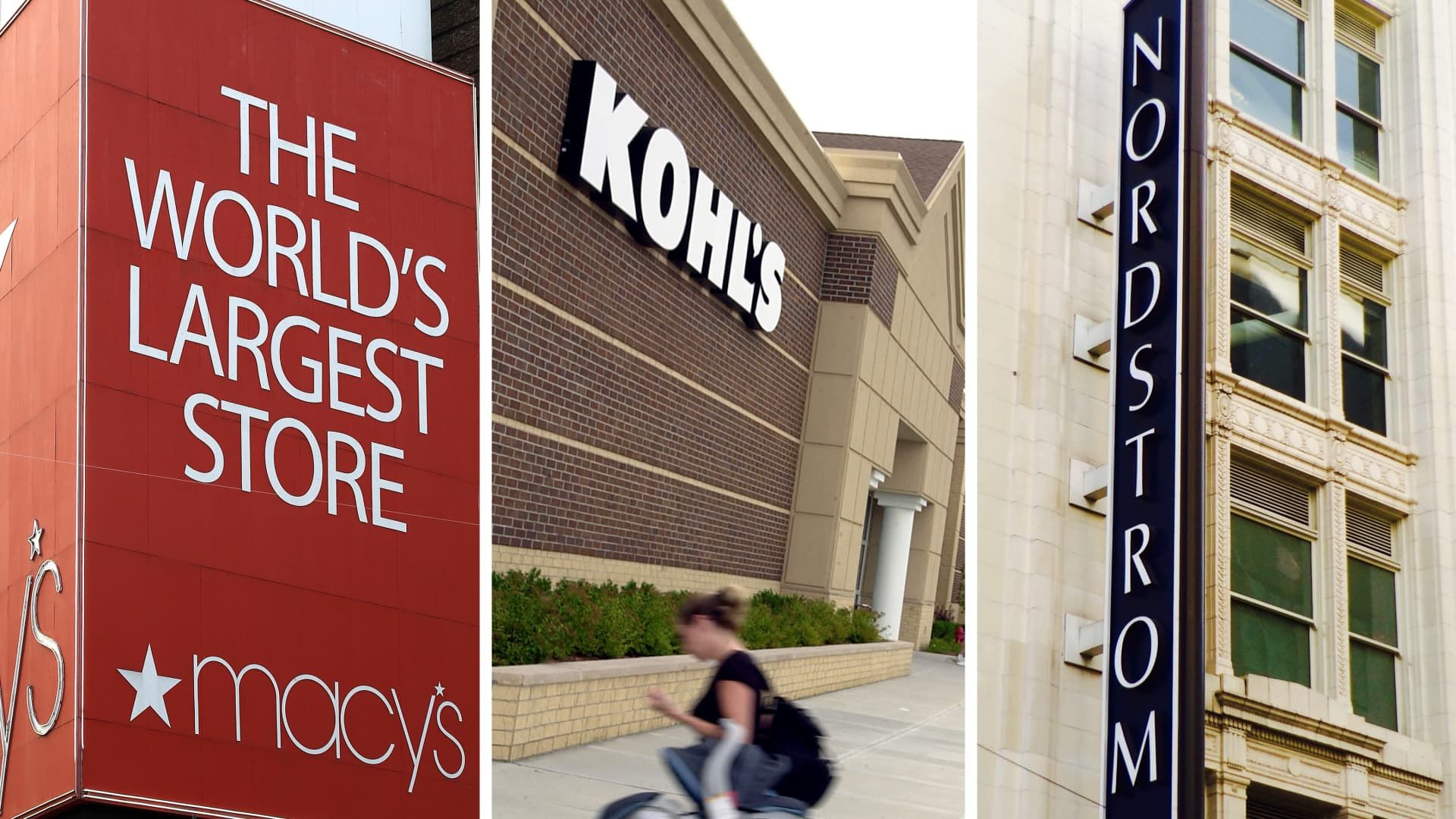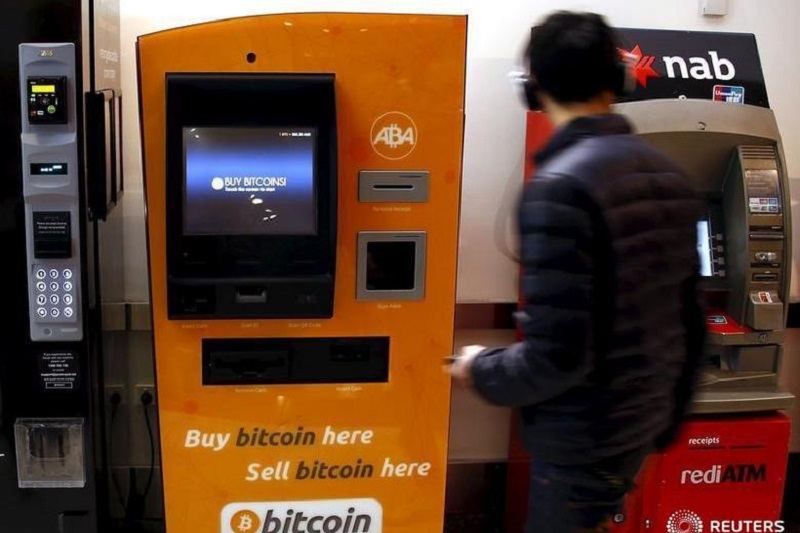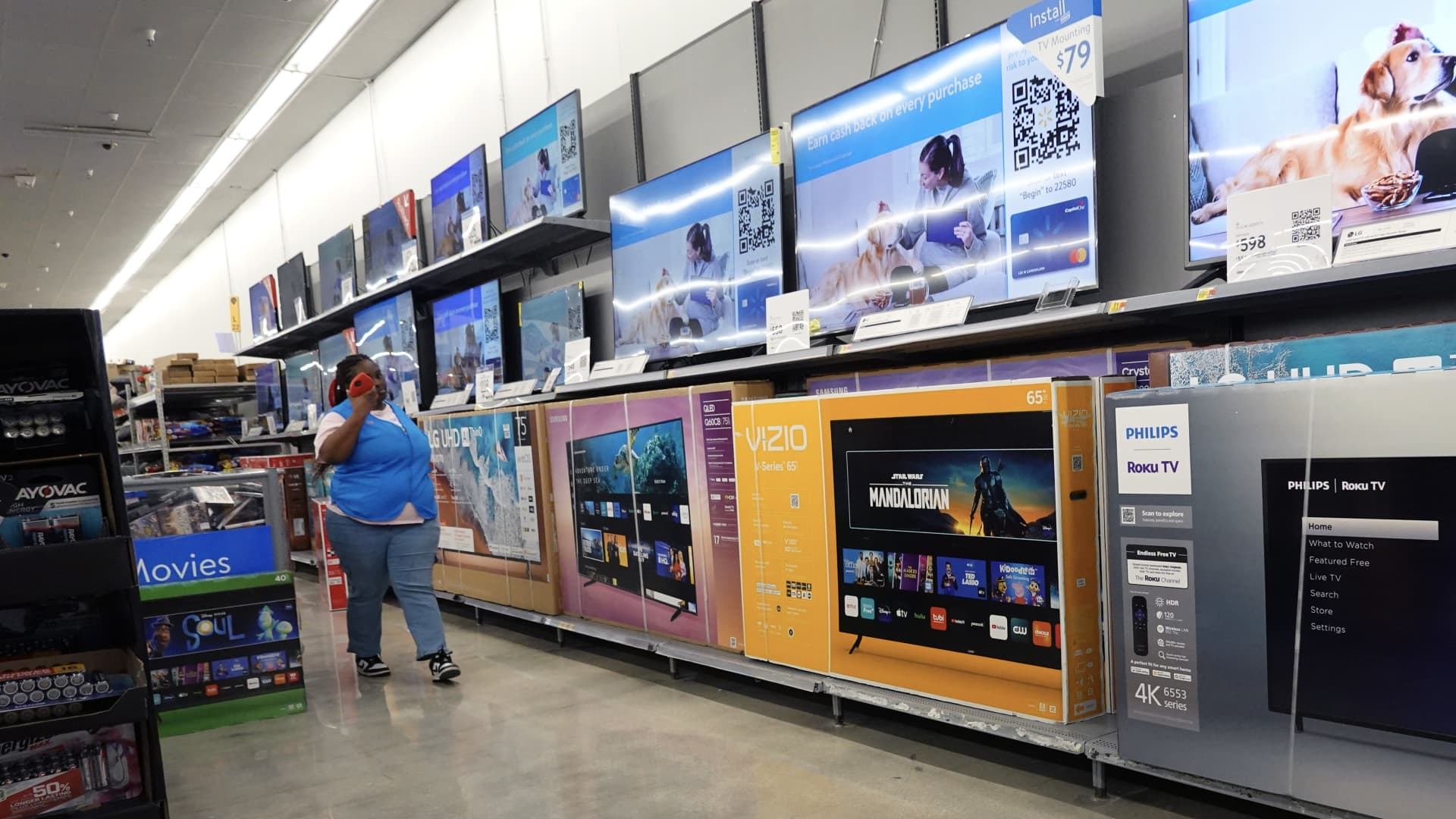Signage for Macy's, Kohl's and Nordstrom retail stores.
fake images
Department stores are aging, and so are their customers.
For more than a century, stores have captured generations with the promise of selling shoppers a wide variety of everything. For many millennial and Gen Z consumers, that hasn't been enough, especially as they discover items on social media and specialty retailers, big-box stores and online players stealing their sales.
Department stores like Macy's, Kohl's and Nordstrom They face an existential crisis, as they try to persuade investors to bet on their futures as sales decline and their core customers age. Harsh scrutiny from Wall Street has contributed to a new attempt by Nordstrom to take the company private and a bid by activist investors to take over Macy's and turn it private. Kohl's has also been the target of activist investors in recent years.
Oliver Chen, a retail analyst at TD Cowen, said attracting younger customers has become more urgent as retailers “have already lost a lot of ground.”
“When you're a department store, you need, and should, cater to young and old,” he said.
Customer data illustrates the challenge for retailers: At Kohl's, 40% of customers are baby boomers, according to Numerator, a market research firm that tracks retail trends and sales patterns with a panel of 150,000 consumers. Americans that is balanced to represent the population. At Macy's, more than a third of customers (36%) are boomers. (Macy's data includes only the stores and website of the same name, not Bloomingdale's or the Bluemercury beauty chain.)
Baby boomers are 60 years old or older, according to Numerator's definition. The firm defines Generation X as between 43 and 59 years old. Numerator places millennials in the 29- to 42-year-old range, and Generation Z in the 18- to 28-year-old range, as it only collects data from consumers 18 and older.
Nordstrom is the only one of the three that has a larger base of millennial and Generation X shoppers than baby boomers, with boomers making up 25% of its customer base. Its customer data includes both its namesake stores and its discount retail chain, Nordstrom Rack, known for attracting younger, fashion-forward customers looking for deals.
All three department stores have announced plans to attract new customers, including younger ones. However, they have shared weak outlooks for the fiscal year, forecasting little to no year-over-year sales growth.
Chen said retailers are paying more attention to the issue, as Macy's and Kohl's have new CEOs and all three are trying to improve their private brands. The lines can help a retailer stand out because they are exclusive and often priced lower than national brands.
Aging customers are not the only obstacle for department stores. Chains, like other retailers, have struggled with foot traffic and sales as consumers spend less on clothing, bedding and other discretionary items, while more of their money goes toward everyday items. due to inflation.
Beauty is one of the few discretionary categories that shoppers have splurged on, despite inflation. Kohl's has leaned in by opening more Sephora stores within its stores.
Melissa Repko | CNBC
Kohl's
To attract younger shoppers, Kohl's is adding trendier clothing for teens, opening more Sephora stores and expanding its baby department.
In an interview with CNBC in late March, CEO Tom Kingsbury said department stores, including Kohl's, have relied too much on coupons to attract customers. That formula doesn't work for Millennial and Gen Z shoppers, he said. They want attractive products and clear prices; things they find at discount stores like TJ Maxx.
Led by Kingsbury, Kohl's is trying to capitalize on life stages that tend to trigger purchases, like decorating an apartment for the first time or having a baby. The retailer plans to add Babies R Us stores to about 200 of its stores in the fall. She now sells more home items, such as lighting and wall art.
Kohl's has also used Sephora stores, which it is expanding to all stores, to attract younger shoppers and try to push them to other parts of the store.
“When they come to Sephora, we want to make sure we can also offer them the product they want,” Kingsbury said.
Still, Kohl's doesn't expect to see immediate results from these measures. In March he said he expects net sales to range between a decline of 1% and an increase of 1% for the full year, and comparable sales to range between flat and up 2%.
Macy's is opening more small-format stores across the country. They are about one-fifth the size of their typical locations.
Macy's
Macy's
With a new CEO at the top, Macy's wants to revamp its namesake brand and close stores that have hurt the company's sales.
It plans to close more than a quarter of its roughly 500 namesake stores by early 2027. At the same time, Macy's is trying to reach where younger shoppers are, including suburban malls and beauty aisles.
The company plans to open up to 30 of its smaller Macy's stores outside the mall over the next two years. Locations are about one-fifth the size of its traditional mall stores and are typically next to grocery stores, department stores and off-price retailers, which have more consistent foot traffic.
It is also opening more Bloomingdale's stores and more Bluemercury locations, its beauty chain, and taking steps to attract younger customers in the process.
Macy's CEO Tony Spring, who took over in February, previously led Bloomingdale's, which sells luxury brands but also has popular private labels such as clothing brand Aqua. He's also known for unique customer experiences, like limited-time events or collections that tap into pop culture moments like the movie “Barbie.”
He's hinted that more of that is coming to Macy's. The company has introduced new and exclusive clothing brands and renewed others. It's trying to make Macy's a bigger attraction, including a play area at Toys R Us stores inside the stores or cocktails inside Bloomie's, its smaller, off-mall version of Bloomingdale's.
Despite efforts to boost sales, the company's outlook is moderate: Macy's expects full-year net sales to range between $22.2 billion and $22.9 billion, down from $23.09 billion. million from the previous year. Comparable sales, which exclude the impact of store openings and closings, are expected to range between a decline of about 1.5% and a gain of 1.5% compared to the prior-year period on a ownership plus license and including third parties. Sales in the holiday market.
One of Macy's dilemmas? Gen Z and Millennial shoppers aren't as loyal, TD Cowen's Chen said. They shop everywhere, buying a luxury bag one day and an outfit from Target, Costco or Zara another.
“Now you can look better for cheaper,” he said.
A sign marks the location of a Nordstrom store in a shopping center on March 20, 2024 in Chicago, Illinois.
Scott Olson | fake images
Nordstrom
Compared to its department store rivals, Nordstrom has been more successful with younger shoppers.
Part of that comes down to what the Seattle-based retailer offers: Nordstrom has been quicker to sign deals with popular brands and direct-to-consumer names, like Skims, Kim Kardashian's shapewear company; and Beis, the bag and suitcase brand started by actress Shay Mitchell. She launched Australian fashion brand Princess Polly in January and timed the debut of millennial-focused fashion brand Nasty Gal with an activation in Los Angeles to coincide with Coachella.
Another plus for Nordstrom? Most of its stores are Nordstrom Rack locations, off-price stores that may be priced more friendly to younger shoppers.
Still, CEO Erik Nordstrom said on the company's March earnings call that the retailer wants to do better. He said he's starting to see a change with the younger customer, “which is an area where we have a multi-year plan to improve.”
Nordstrom is also trying to expand its fashion products in a new way. About a month ago, it launched a third-party marketplace that allows you to sell a wider variety of items without taking on the risk of owning the inventory. The market approach follows the model that Amazon and more recently, Walmarthas used to increase its online offering.
With the marketplace, Nordstrom has said it will double or triple the number of items sold through its website and app. Macy's has also started using a third-party marketplace to add more items and brands.
However, like Macy's and Kohl's, Nordstrom has a lackluster forecast: It expects full-year revenue, including retail sales and credit cards, to range between a 2% drop and a 1% increase compared with the previous fiscal year, which had an additional increase. week.
Marketplaces can help department stores, as they are under pressure to tightly manage inventory while appealing to what different age groups want, said Christine Barton, a senior partner who researches consumer habits for Boston Consulting Group. .
Cost pressures can cause a retailer to make safer bets and order the same type of merchandise it always sells.
“It takes away some of that newness,” he said. “You have to go back to more tried and true brands or products, which becomes a kind of self-reinforcing prophecy in terms of that younger consumer.”
Breaking those old habits is something department stores will need to do if they want to become a staple for younger generations and remain relevant for decades to come, he said.









